The myth of Theseus and the Minotaur
The myth of Theseus and the Minotaur is one of the most tragic and fascinating myths of the Greek Mythology.
Theseus, a genuine Greek hero of the Mythology and Minotaur, one of the most devastating and terrifying monsters are the main protagonists of a myth that involves gods and monsters, heroes and kings and two of the main city–states in the Hellenic world: Athens and Crete.
The Minotaur and the Labyrinth of Crete
The Minotaur was the son of Pasiphae, wife of King Minos of Crete.
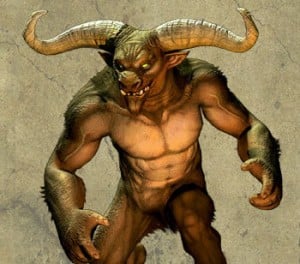
Queen Pasiphae slept with a bull sent by Zeus, and gave birth to Minotaur, a creature half man – half bull. King Minos was embarrassed, but did not want to kill the Minotaur, so he hid the monster in the Labyrinth constructed by Daedalus at the Minoan Palace of Knossos.
According to the myth, Minos was imprisoning his enemies in the Labyrinth so that the Minotaur could eat them. The labyrinth was such a complicated construction that no one could ever find the way out alive.
Son of Minos, Androgeus, went to Athens to participate to the Panathenaic Games, but he was killed during the Marathon by the bull that impregnated his mother Pasiphae. Minos was infuriated, and demanded Aegeus the king of Athens to send seven men and women every year to the Minotaur to advert the plague caused by the death of Androgeus.
The third year, Theseus, son of Aegeus decided to be one of the seven young men that would go to Crete, in order to kill the Minotaur and end the human sacrifices to the monster. King Aegeus tried to make him change his mind but Theseus was determined to slay the Minotaur.
Theseus promised his father that he would put up white sails coming back from Crete, allowing him to know in advance that he was coming back alive. The boat would return with the black sails if Theseus was killed.
Theseus and the Minotaur
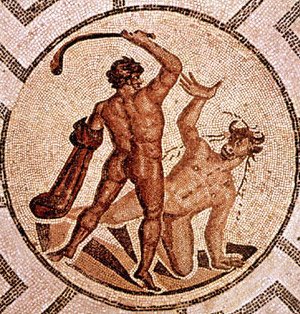
Theseus announced to King Minos that he was going to kill the Monster, but Minos knew that even if he did manage to kill the Minotaur, Theseus would never be able to exit the Labyrinth.
Theseus met Princess Ariadne, daughter of King Minos, who fell madly in love with him and decided to help Theseus. She gave him a thread and told him to unravel it as he would penetrate deeper and deeper into the Labyrinth, so that he knows the way out when he kills the monster.
Theseus followed her suggestion and entered the labyrinth with the thread. Theseus managed to kill the Minotaur and save the Athenians, and with Ariadne’s thread he managed to retrace his way out.
Theseus took Princess Ariadne with him and left Crete sailing happily back to Athens.
Aegeus and the Sails
Theseus’ boat stopped at Naxos and the Athenians had a long celebration dedicated to Theseus and Ariadne. After long hours of feasting and drinking, Ariadne fell asleep on the shore and didn’t enter the boat that sailed to Athens. Theseus figured out that Ariadne was not with them when it was too late and he was so upset that he forgot the promise made to his father and did not change the sails.
NOTE. A different version of the myth mentions that Theseus deliberately left Ariadne on Naxos.
King Aegeus was waiting at Cape Sounion to see the sails of the boat. He saw the black sails from afar and presumed his son was dead. He dropped himself to the waters, committing suicide and since then, this sea is called the Aegean Sea.
The myth of Theseus and the Minotaur has inspired numerous artists throughout the centuries, who have created paintings and sculptures dedicated to the myth and the hero of Athens.

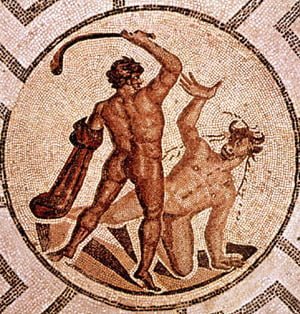

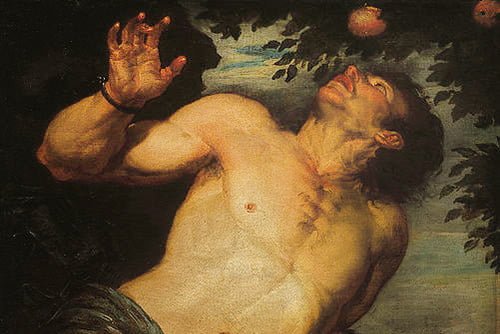
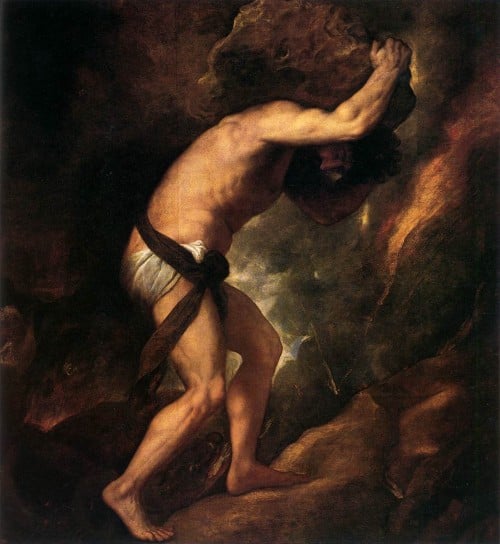
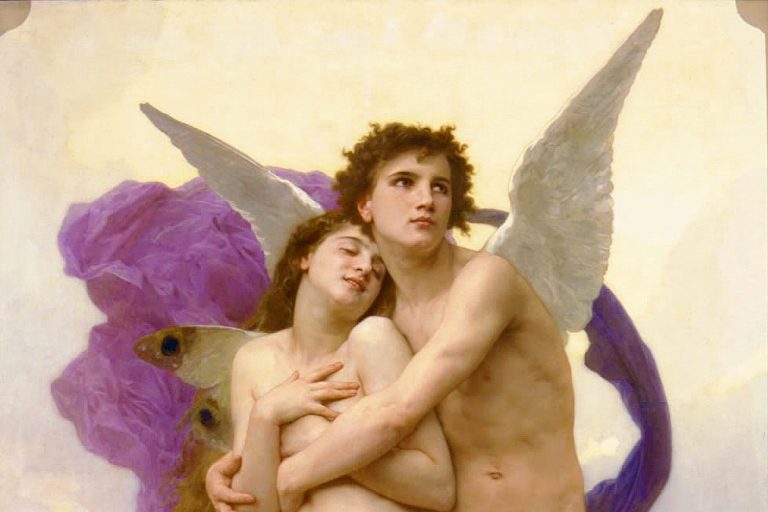
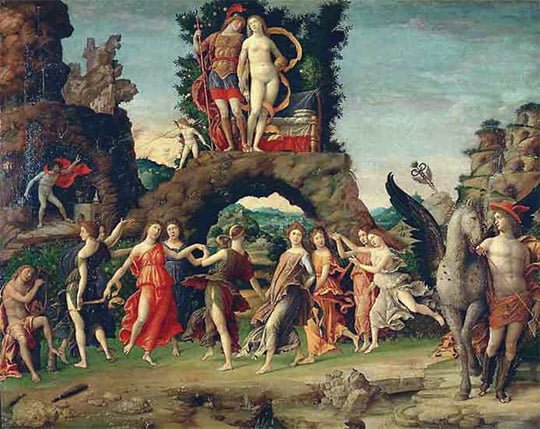
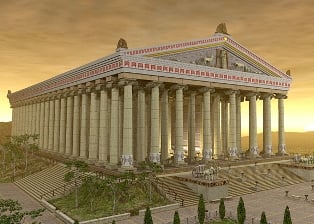
one variation of the myth is that seven boys and girls were sent every NINE years
This is a very good version of the myth. i used this version the help me with my English report on a mythological hero or legend. it was very useful and very amussing. good work (Y) !!! (L)
I needed info on the Minotauar but it doesn’t say anything about it .:(
This is about Theseus and the Minotaur. I suggest looking up just Minotaur. You should get the results you want :)
Well, one version of the story implies that it was Poseidon, not Zeus, who gave King Minos a magnificent white bull to be sacrificed in Poseidon’s honor. I cannot recall the specific reason for the sacrifice, but when Minos saw the bull, he was astonished by its beauty and grandeur. He decided to keep the bull as a divine symbol of his kingship, hoping to elevate his status and power. However, this decision angered Poseidon, who then persuaded Aphrodite (Venus) to cast a spell on Pasiphae, Minos’ wife, causing her to fall in love with the bull.
Desperate to be with the beast, Pasiphae asked Daedalus to construct a wooden cow-like structure, allowing her to enter it and mate with the bull. As a result, the Minotaur was born, and Minos, realizing the creature was the product of this unnatural union, ordered Daedalus to build an intricate labyrinth to contain the beast. Interestingly, Minos and his brother, Radamanthys, were the sons of Zeus and Europa, whom Zeus had abducted while disguised as a bull.
Can anyone tell me what is Myth and Reality
It’s all myth, not much is true. They did sent 7 people into the labyrinth which no one can find, and somehow one guy did “kill” this beast, but most historians agree that they had someone in the maze sent to kill the people or they died of starvation.
Really, dude? No one cares what the scientists have to say about mythology. Every one knows none of this is true. I found this entire myth on the Minotaur fascinating!
Myths and legends are stories that are made-up, but have been told as true so long (many generations) that they seem real. The ‘facts’ can’t be proven, usually because they were told verbally instead of written.
In this case, it’s my understanding, that the Theseus/Minotaur myth is created to entertain only.
The information about this Greek myth is partly correct but you need more detail like the fact that boys and girls were sent every 9 yrs.
Was it a myth or a legend?
and what is the difference between a myth and a legend
a myth is…
a traditional or legendary story, usually concerning some being or hero or event, with or without a determinable basis of fact or a natural explanation, especially one that is concerned with deities or demigods and explains some practice, rite, or phenomenon of nature.
a legend is…
a nonhistorical or unverifiable story handed down by tradition from earlier times and popularly accepted as historical.
a myth is a story that is created to explain, entertain and educate.
i hope this story is true
If you mean true like none fictional or true like ‘I hope this is correct info.
No its not real this is just a myth the Greek made up. Yes, this is the correct story line.
The story is a myth which means it is fictional but could be based off real events, ir is just made up in general. But the story line is the correct info when it comes down to what the myth is about so you should be fine if you are using it to write about or support soemthing.
The story about the Minotaur was very useful . I spent lots of time looking for information but at last I found the right information . Short and sweet . Perfect for my project .
I recommend this information to those who want short , detailed and useful information .
Hey guys….according to the ancient Greek writers, the seven boys and seven girls were to be sent to King Minos every year NOT every nine years. So on the third year, Theseus went. So this version is correct based on the actual Greek versions of the myth!
No, you are wrong. 7 boys and 7 girls were sent to Crete every nine years. I am sure about this.
Yannis is wrong, ariestrash is right, but Αriestrash has a WEIRD picture.
This is copied from Wikipedia:
“Minos required that seven Athenian youths and seven maidens, drawn by lots, be sent every seventh or ninth year (some accounts say every year [13]) to be devoured by the Minotaur.”
(* 13) Servius on Aeneid, 6. 14: singulis quibusque annis “every one year”. The annual period is given by J. E. Zimmerman, Dictionary of Classical Mythology, Harper & Row, 1964, article “Androgeus”; and H. J. Rose, A Handbook of Greek Mythology, Dutton, 1959, p. 265. Zimmerman cites Virgil, Apollodorus, and Pausanias.
The nine-year period appears in Plutarch and Ovid.
Correct
As with many myths and creation stories there are often several different versions. I don’t believe one is any more correct than the other as long as the meaning and moral of the tale are grasped.
There are many different versions of each myth, there’s really no correct one.
This is the best version of this myth I’ve found so far for my literature report. Thank you
thanks so much. it helped me a lot in my lesson about Greece.
One of my favorite myths. Other great myths I recommend include the myth of Daedalus and Icarus, the myth of King Midas, and the myth of Hades and Persephone. There are many other great myths but these mentioned and the myth of Theseus are by far my favorite. :)
The thing about myths is that, even if there are many differently told versions of them, none of the versions are truly correct. None of them CAN be correct because they are myths, therefore fictional.
Well said. Just like the myths of the bible and Jesus. Nothing factual , just made up stories that happened to get popular.
That is a lie!!!!! Jesus is not a myth.!!!!!!!
He is related to a religion!
The religion of Christianity.
Do not disrespect a religion like that!
It is very offensive to believers in Christ.,
Actually religion is just a different name for mythology.
Thanks a lot! This really helped with my enlish project. I think this version of the story is gr8! I don’t really care if the boys and girls were sent every year or every 9 years. For the project I have to say extra things that aren’t on the power point and mentioning this argument and the fact that some versions say Theseus left Adriadne on purpose would be awesome for that, so……. ya.
Out of all versions I’ve read of this story I think this version is the most detailed and the accurate out of all. The English they use is very easy and I think it is suitable for all ages.
what Theseus do to kill the Minotaur ? because in the story, there is no information what he did to kill the Minotaur.
Is it Knossus or Knossos?
Knossos is the correct word.
I had an oral presentation to do on Theseus and the Minotaur. I suggest this, it’s short, clear and useful congratulation to the one who wrote this article.
a myth is a traditional story, especially one concerning the early history of a people or explaining some natural or social phenomenon, and typically involving supernatural beings or events.
This is copied from Wikipedia:
“Minos required that seven Athenian youths and seven maidens, drawn by lots, be sent every seventh or ninth year (some accounts say every year [13]) to be devoured by the Minotaur.”
(* 13) Servius on Aeneid, 6. 14: singulis quibusque annis “every one year”. The annual period is given by J. E. Zimmerman, Dictionary of Classical Mythology, Harper & Row, 1964, article “Androgeus”; and H. J. Rose, A Handbook of Greek Mythology, Dutton, 1959, p. 265. Zimmerman cites Virgil, Apollodorus, and Pausanias.
The nine-year period appears in Plutarch and Ovid.
Every myth could have a background of real and happened histories since thousends of years ago. Logically, the ancient people started counting and recounting these myths when they didn’t behold the full know-how of writing, so it could be possible that everyone attached some self-imagination or own opinion which gave certain shape to every myth.
In our case, the Minotaur should be the way of understand the person with a particular physical handicap in the face or even in the head, maybe carried since birth, than his father, the King himself, might have the necessity to hide such a shame from the view of the outer world putting him in a Labirynth, a place where who dared to go and watch such “Minotaur” couldn’t get out and Tello.
Very historically correct and full of information